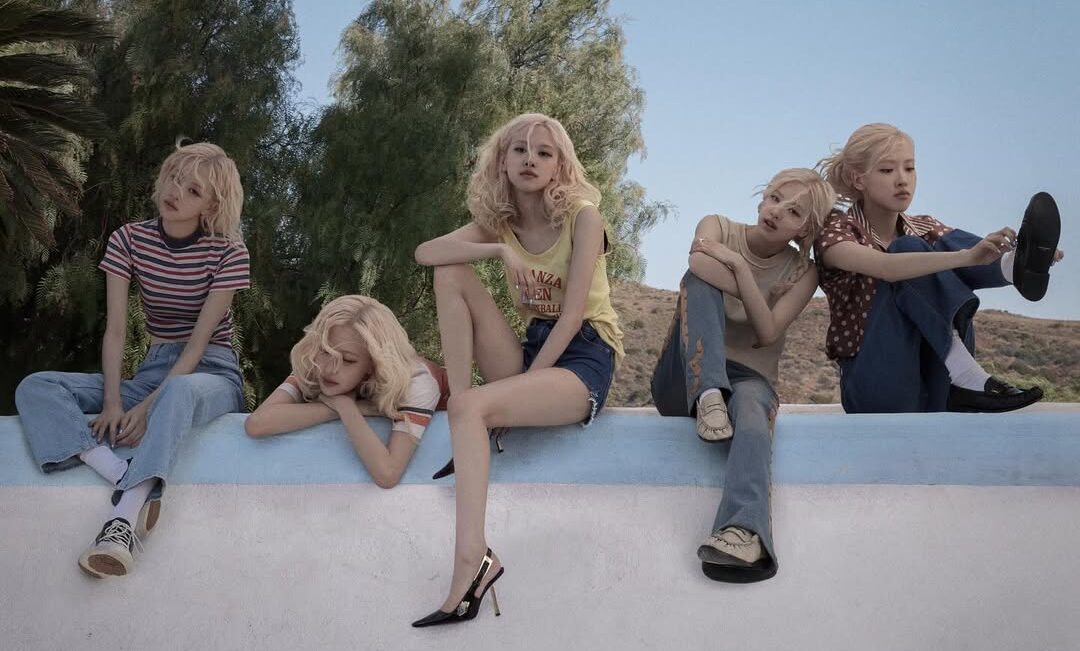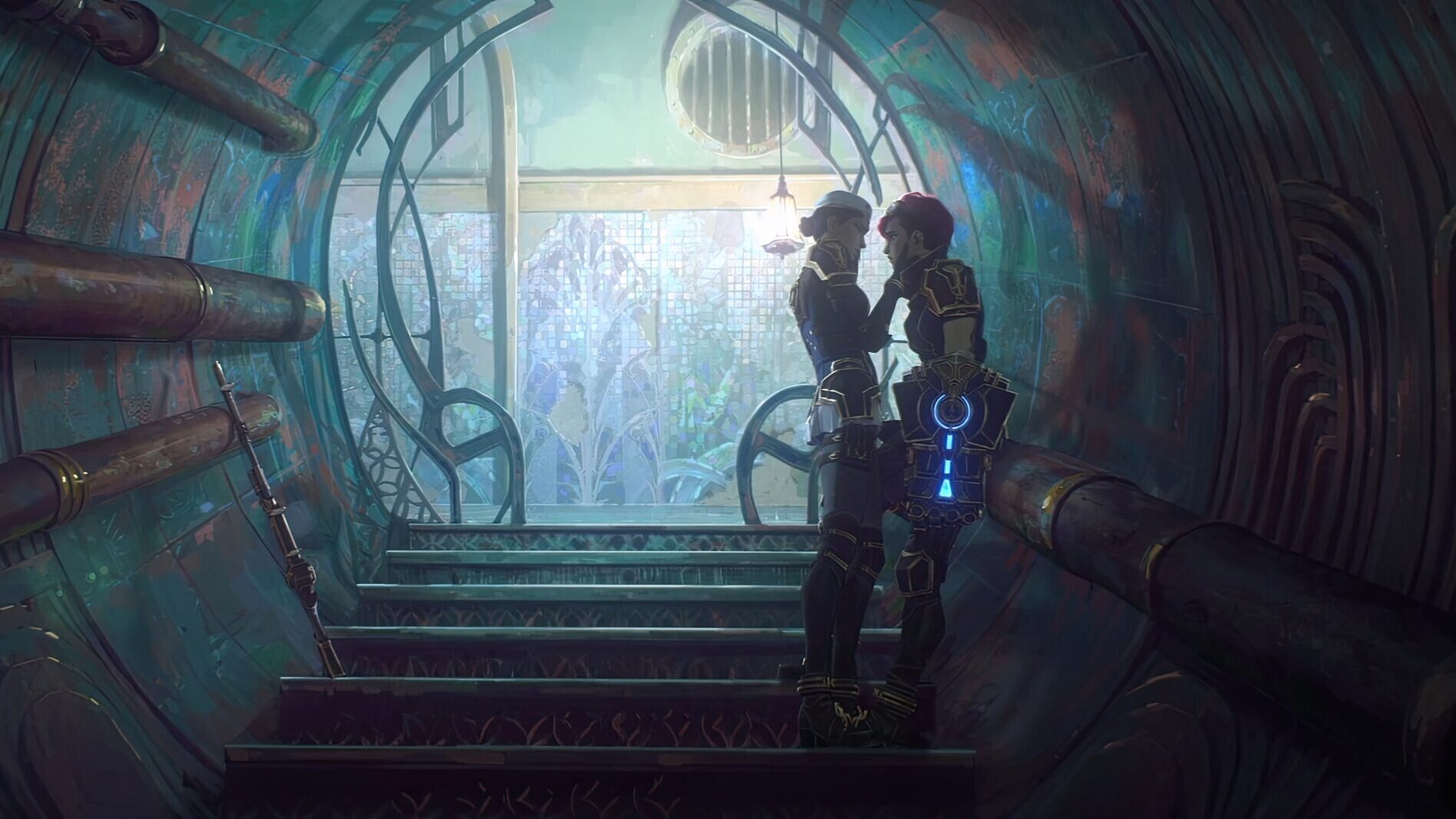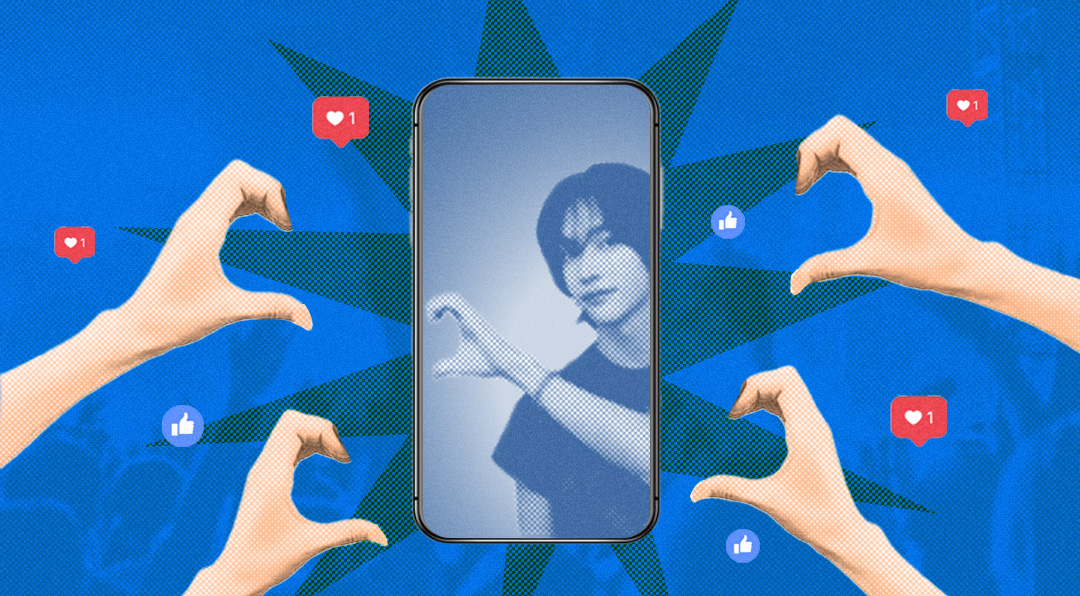Warning: Spoilers for “Ang Huling El Bimbo The Musical” and mention of sexual abuse ahead.
Last week, local theater production “Ang Huling El Bimbo” was released online for public viewing amid quarantine.
The production proved to be a technical spectacle, with stellar performances from the cast, beautiful set design and a powerful rearrangement of the Eraserheads’ greatest hits. However, there was a problem in the female character’s fate.
“Ang Huling El Bimbo” follows a student barkada—probinsyano Emman, closeted military child Anthony, affluent art student Hector and a young campus vendor named Joy—as they grow into adulthood. By the end, the three men are able to follow a story arc of conflict, growth and redemption—a relatively happy conclusion. However, the woe-ridden character of Joy ends up dead.
Her story grows increasingly morbid as the play progresses: She gets raped by strangers, loses her friends in the process, thrown into prostitution and a life of drugs and is then killed in a hit-and-run at the end. In a story that revolves around Joy’s unfortunate fate, the men reap their character development and the woman ends up in a morgue.
In a story that revolves around Joy’s unfortunate fate, the men reap their character development and the woman ends up in a morgue.
This isn’t the first time a narrative sacrificed its female character to a grisly death for the benefit of the male characters’ lives or to move the story. Everyone, meet our word of the day: fridging.
Fridging is a trope that’s short for Women in Refrigerators. It refers to the “Green Lantern” canon where the hero’s girlfriend was found chopped up and stuffed into a refrigerator. People have been protesting against it since 1999. It started as a congregation of feminist comic book fans who have had enough of seeing fictional women’s lives discarded to “torture” other main characters—usually men.
It first started in comic book culture, which is already riddled with male gatekeepers to begin with. “Green Lantern’s” landmark case of a chopped up girlfriend lends him angst. “Spiderman’s” Gwen Stacy dies, and Peter Parker gains a renewed sense of vindication. The Ultimate Wasp. “Daredevil’s” Karen Page. “Deadpool’s” girlfriend Vanessa Carlysle. Black Widow and (sort of) Gamora, in the biggest superhero movie of the decade no less.
With so many mainstream narratives always sacrificing the woman, it’s bound to propagate the notion of objectifying women for the sake of plot or male angst. It frames women’s struggles as inferior, and men as tortured heroes.
It frames women’s struggles as inferior, and men as tortured heroes.
Aside from that, fridging is lazy and clichéd writing. Fiction is a boundless realm for creativity—so what reason is there to resort to a marginalized character’s tragedy or demise? Rape should never be used as a plot device, and it is very rarely necessary. If you’re using female tragedy as a plot device to elicit emotion (“Viewers are supposed to leave the show angry!”), does that not relegate the tragedy to mere shock factor?
Fiction is a boundless realm for creativity—so what reason is there to resort to a marginalized character’s tragedy or demise?
In a piece for The Guardian, Elena Lazic emphasizes the frequency of sexual violence in films and how it often transforms into a misogynist depiction of power. “Films as varied as ‘Wind River,’ ‘Nocturnal Animals’ and ‘Birth of a Nation’ focused on the experiences of men close to and around female victims, turning stories of female physical violation into narratives of hurt male pride and temporary disruption of the patriarchal order.” It’s about time that writers reject the notion that the female’s story only serves as a side plot in the male character’s narrative.
Fridging is seen as the norm. “This is what actually happens!” defenders cry. But isn’t it a function of art to challenge societal norms? To quote “Dekada ’70” author Lualhati Bautista’s thoughts on the production: “Sa pakiramdam ko, nakita ko uli ang lagi nating nakikita sa mga lumang pelikulang aksiyon na nagsusulong ng kaisipan na pag nagahasa na ang babae, wala na siyang kapupuntahan kundi kamatayan [at] pagsisisi ng mga naiwan.”
Storytellers carry the challenge—and the responsibility—to create well-rounded stories that value the humanity of each character.
As feminist Simone de Beauvoir puts it, “Representation of the world, like the world itself, is the work of men; they describe it from their own point of view, which they confuse with absolute truth.”
Storytellers carry the challenge—and the responsibility—to create well-rounded stories that value the humanity of each character. And lest anyone forget, art always has political power.
Art by Tine Paz-Yap
Read more:
The “fake nerd girl” is a huge sexist myth
Society’s hatred of love stories may just boil down to misogyny













































